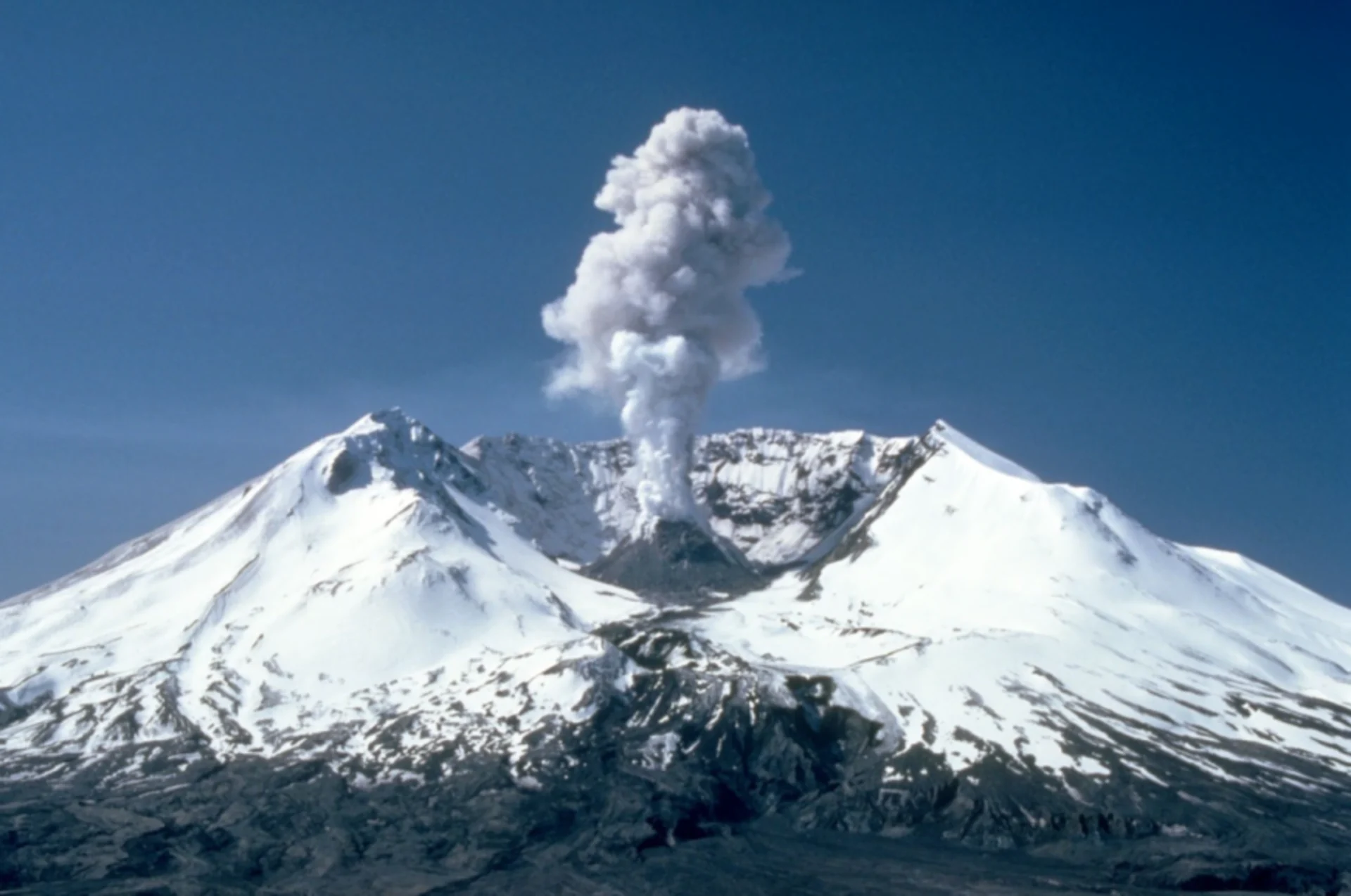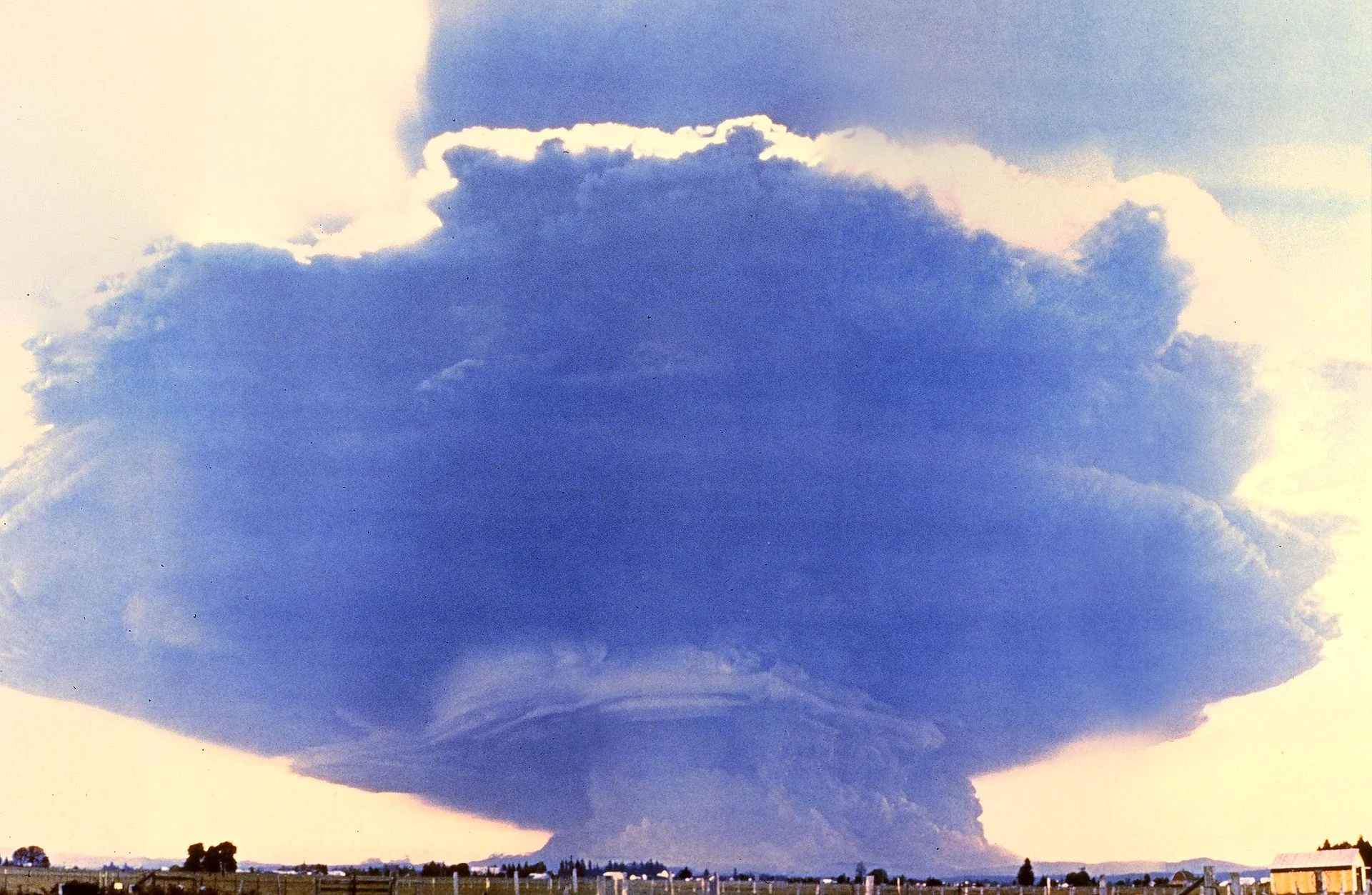
Mount St. Helens eruption caused the worst landslide in world history
This Day In Weather History is a daily podcast by Chris Mei from The Weather Network, featuring stories about people, communities and events and how weather impacted them.
--
Mount St. Helens is an active stratovolcano (a volcano that is comprised of layers of lava and ash) located in Skamania County, Washington.
On Sunday, May 18, 1980, at 8:32:11 a.m., Mount St. Helens erupted, making it the deadliest and costliest volcanic event in United States history.

"The ash cloud produced by the eruption, as seen from the village of Toledo, Washington, 35 miles (56 km) away, northwest from Mount St. Helens." Courtesy of Rocky Kolberg/Wikipedia/CC BY-SA 3.0
Two months before the big explosion, there were earthquakes and steam-venting events.
When it erupted, the entire north face of the mountain slid away. This is the largest landslide recorded in Earth's history. The landslide travelled at 112-240 km/h, with a volume of 2.8 cubic km. The average depth of the landslide was 46 meters but it reached 182 meters deep.
Click here to subscribe to This Day in Weather History
The volcano sent a mix of lava and pulverized rock toward Spirit Lake. The eruption column reached 24 km high and deposited ash in 11 American states, British Columbia, and Alberta.
The eruption caused snow, ice, and even glaciers to melt, creating volcanic mudslides that reached the Columbia River, which is located almost 80 km away.
During the eruption, the mountain released around 26 megatons of TNT. The eruption killed 57 people directly, including two photographers and a geologist.

"Volcanologist David A. Johnston (photographed on April 4, 1980) was one of the 57 people killed in the eruption." Courtesy of Wikipedia
The volcano also destroyed 200 homes, 47 bridges, railways, highways, and hundreds of square miles of land. The explosion caused $1 billion in damages.
Throughout the next few days, the volcano let out far less damaging ruptions.

"Twenty years after the 1980 eruption, dead trees caused by the blast are still standing." Courtesy of Wikipedia
Geologists think that Mount St. Helens will have future eruptions that are even more severe than the 1980 event. Mount St. Helens remains to be a popular hiking spot that is frequented throughout the entire year.
To learn more about the Mount St. Helens eruption, listen to today's episode of "This Day In Weather History."
Subscribe to 'This Day in Weather History': Apple Podcasts | Amazon Alexa | Google Assistant | Spotify | Google Podcasts | iHeartRadio | Overcast'
Thumbnail: Mount St. Helens. Courtesy of Wikipedia





